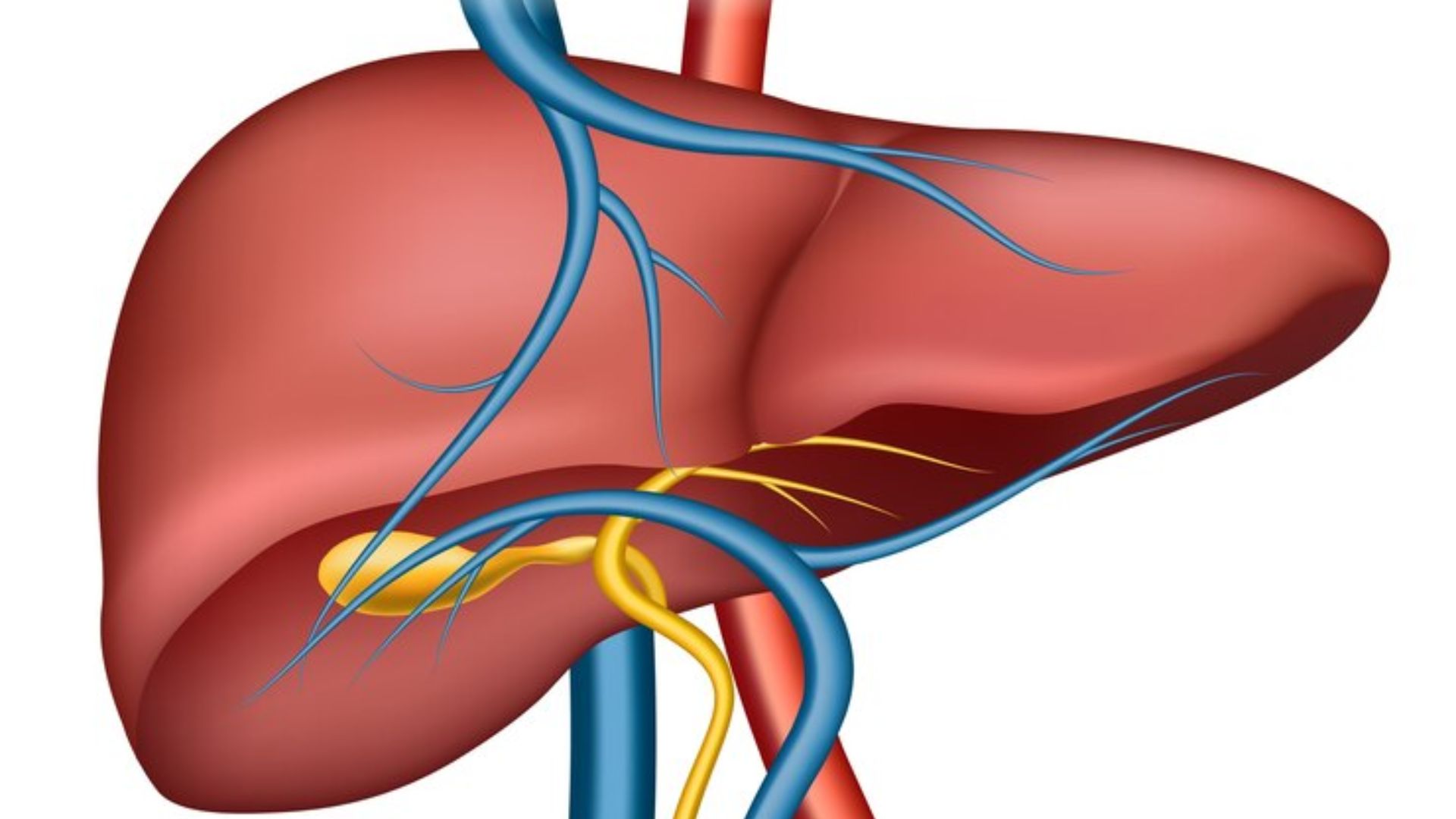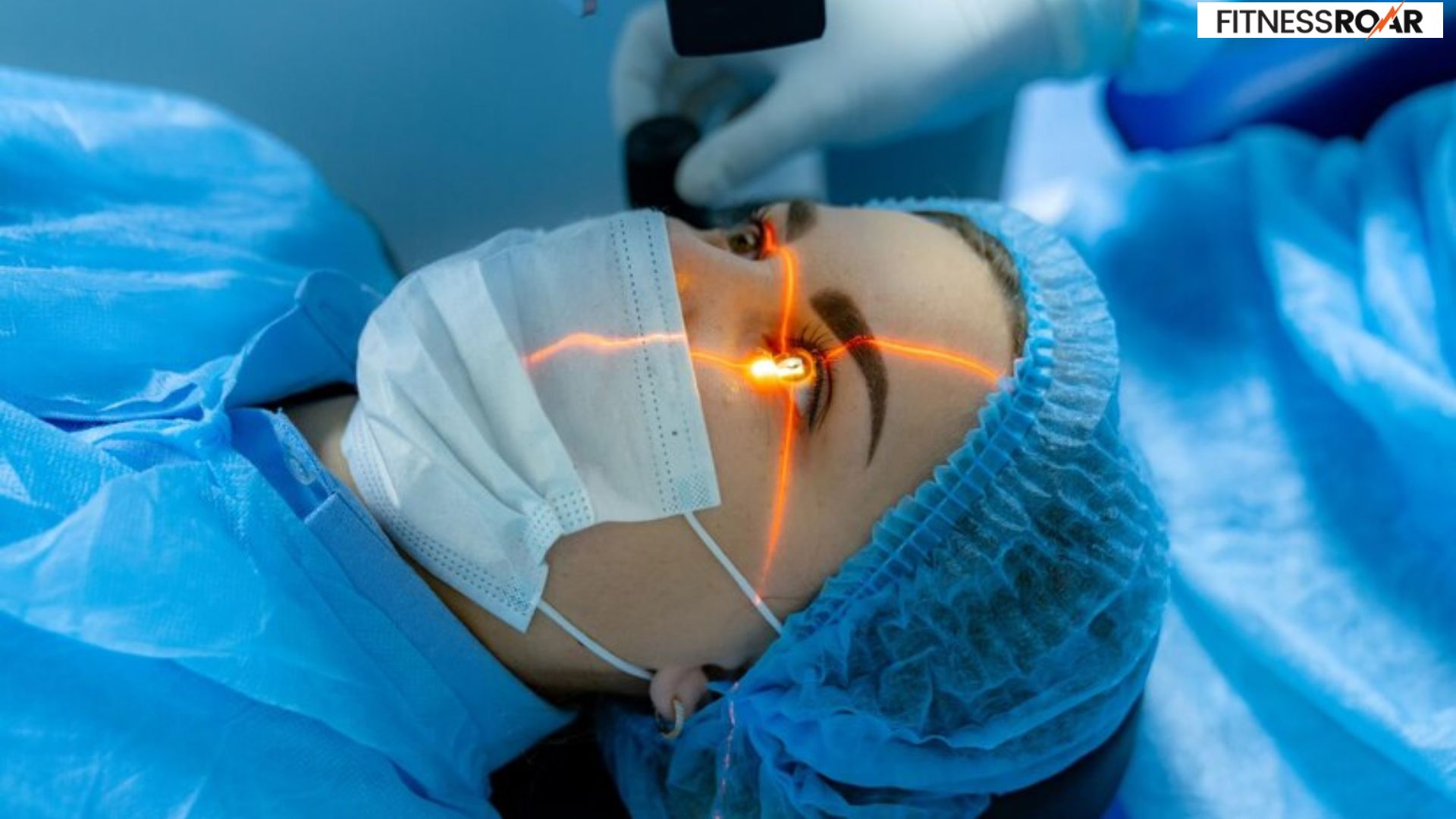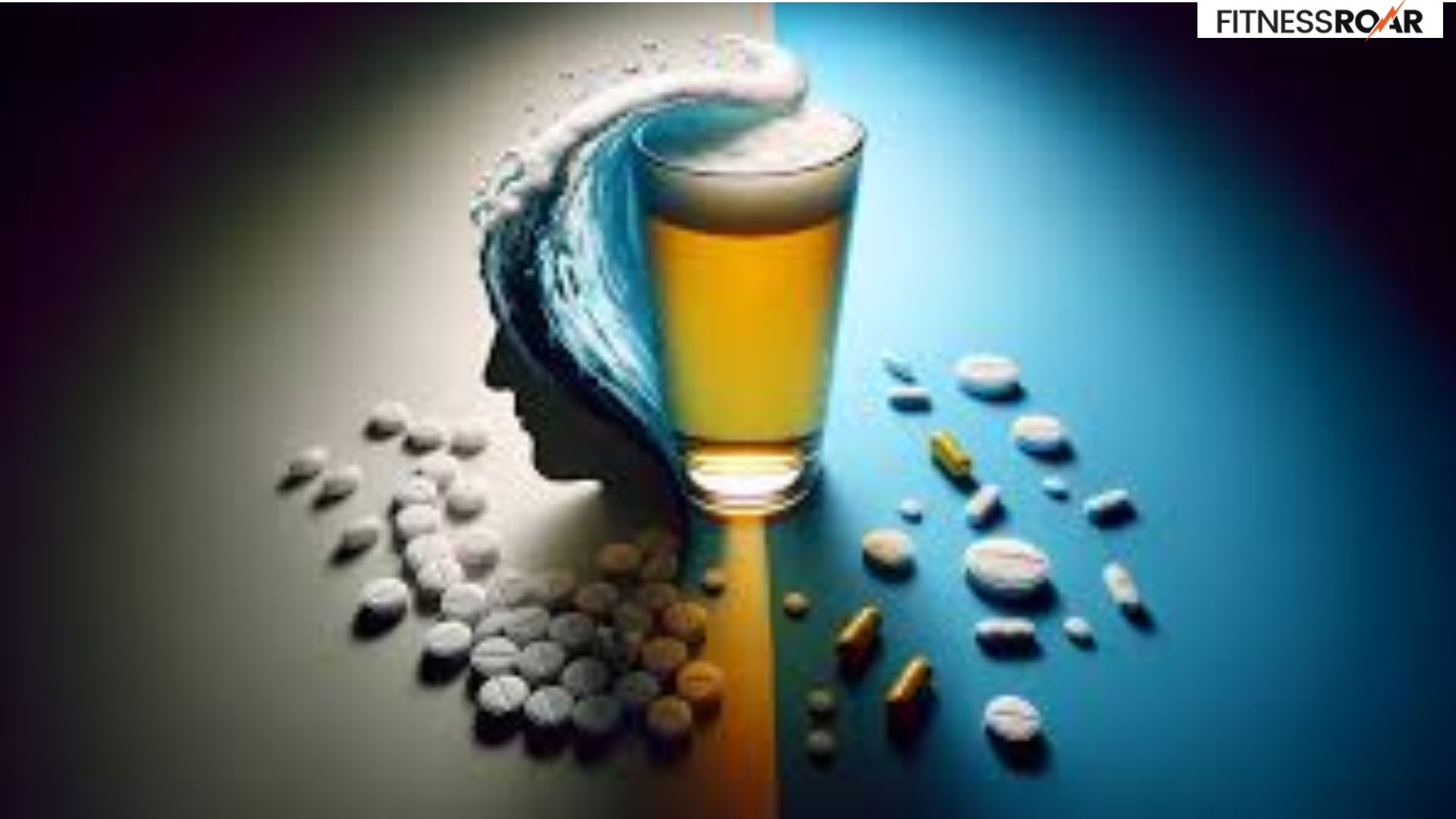Liver Twitching: What You Need to Know

This section will explore liver twitching, a sensation sometimes described as tremors, spasms, or involuntary muscle movements in the abdomen.
The liver itself is not a muscle and therefore cannot twitch. However, you might feel sensations near the liver due to movement in surrounding muscles or organs.
While liver twitching itself isn’t a direct liver issue, it can be a sign of underlying problems. Understanding the cause behind the twitching is crucial to determine its severity and seek proper medical attention if necessary.
Also Read: Feeling Tired? Try These Superfoods
Cause of Liver Twitching
The Liver
The liver is the largest and most vital organ in our body. It acts as a filter, processing nutrients from food, removing toxins from the bloodstream, and producing essential proteins and enzymes. It also plays a crucial role in blood clotting, cholesterol regulation, and bile production, which aids digestion.
Beneath the Surface
Since lier twitching isn’t a direct liver function, let’s explore some underlying reasons you might feel these sensations:
- Hepatitis: Inflammation of the liver caused by viruses, autoimmune disorders, or toxins can irritate nearby tissues and nerves, leading to twitching.
- Cirrhosis: Severe scarring of the liver disrupts its function and can cause a buildup of toxins, potentially affecting the nervous system and causing tremors or muscle spasms.
- Certain medications (e.g., some cholesterol meds) or exposure to toxins (e.g., heavy metals) can affect the liver and indirectly lead to muscle twitching.
- Conditions like electrolyte imbalances or low blood sugar can cause widespread muscle twitching, including those near the liver area.
- Issues like Parkinson’s disease or nerve damage can cause tremors or involuntary muscle movements throughout the body, which might be felt near the liver.
- Anxiety, stress, or muscle strain in the abdominal region can also mimic liver twitching sensations.
It’s important to note that this list is not exhaustive, and a medical professional can accurately diagnose the cause of your liver twitching.
Is Liver Twitching a Serious Symptom?
Liver twitching itself may not be a serious symptom, but it’s crucial to understand the underlying cause for proper treatment. Here’s how to evaluate its severity:
Consider these factors:
- Frequency and Duration: Occasional, brief twitches are less concerning than frequent, prolonged ones.
- Intensity: Mild tremors are less worrisome than violent spasms.
- Accompanying Symptoms: Fever, fatigue, nausea, jaundice (yellowing of skin/eyes), or changes in bowel habits suggest a more serious issue.
Seek medical attention immediately if you experience:
- Severe or persistent twitching: Disruptive to daily activities or causing significant discomfort.
- Accompanied by concerning symptoms: As mentioned above, fever, fatigue, nausea, jaundice, or changes in bowel habits can indicate a serious underlying condition.
- Sudden onset: Especially with no prior history of twitching or risk factors.
- Twitching along with confusion or mental fog: This could point to a more severe liver complication called hepatic encephalopathy.
If you experience any liver twitching, it’s always best to consult a doctor for a proper diagnosis. Early detection and treatment of any underlying condition can significantly improve your health outcomes.
Remember: This information is for educational purposes only and should not be a substitute for professional medical advice. Always consult your doctor with any health concerns.
Also Read: Health Benefits of Zumba
Information on Treatments
Liver twitching itself isn’t treated directly, but rather the underlying cause. Here’s an overview of potential treatment approaches:
Liver Diseases: Treatment depends on the specific condition. Hepatitis may involve antiviral medications, while cirrhosis might require medications to manage complications. In severe cases, a liver transplant may be necessary.
Medications and Toxins: If medications are causing the issue, your doctor might adjust your prescription. In cases of toxin exposure, treatment aims to eliminate the toxin and support liver recovery.
Metabolic Disorders: Depending on the disorder, treatment may involve dietary changes, medications, or electrolyte replacement therapy.
Nervous System Disorders: While there’s no cure for most neurological conditions, medications can help manage tremors and improve quality of life.
Muscle relaxants: In some cases, medications can help alleviate muscle twitching and spasms.
- Diet: A healthy diet low in saturated fats, processed foods, and sugar can support liver function.
- Exercise: Regular physical activity can improve overall health and potentially reduce stress, which may contribute to twitching.
- Alcohol Reduction/Elimination: Excessive alcohol consumption is a major risk factor for liver damage. Abstaining or limiting alcohol intake can significantly improve liver health.
- Maintaining a Healthy Weight: Obesity can increase stress on the liver. Losing weight can improve liver function.
Liver Transplant: In cases of severe liver damage or end-stage liver disease, a liver transplant may be the only option.
Remember: A medical professional can determine the best course of treatment based on the underlying cause and your overall health.
Also Read: Ways to Lose Mummy Tummy
In Crux
Early diagnosis and treatment of the underlying cause are crucial for managing your health effectively. If you experience liver twitching, consult a doctor to pinpoint the reason and get appropriate treatment.
By prioritizing your liver health, you can prevent future complications and enjoy a healthier life.
How much did you like Our detailed Liver Twitching: What You Need to Know? Please share your view in the comment box. Also, please share these Blogs with your friends on social media.
Recommended














